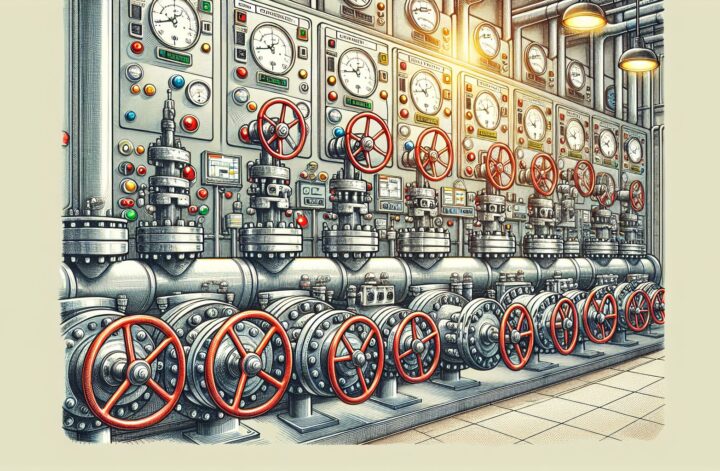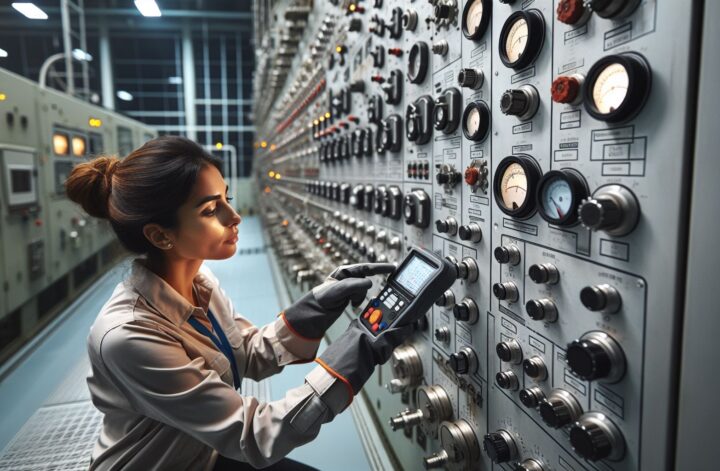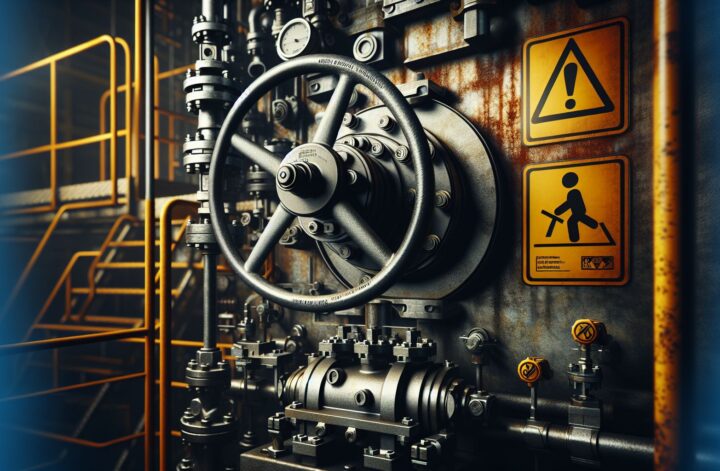In our fast-paced, technology-driven world, efficiency is key. Whether it’s making sure our computers run smoothly, or maintaining optimal performance in industrial settings, the driving force is making sure everything operates at peak performance. One such area where optimization plays a crucial role is in the realm of ‘valve control’.
What is Valve Control?
Before diving into the optimization of valve control, it’s essential to understand what valve control is. Simply put, it is the method of managing the opening and closing of valves, which then control the flow of fluid or gas in an industrial setting. Efficient valve control contributes to enhancing process control by managing flow rates, pressure, temperature and more.
The goal of valve control optimization, therefore, is to maximize control and efficiency in these systems with minimal resource input – minimal energy, minimal time, and minimal operational delays. While the specifics can be heavily technical, efficient valve control methods significantly influence the overall system performance.
The Importance of Optimization
Efficient valve control contributes to several factors:
-
Increased Efficiency: Optimizing valve controls ensures maximal system efficacy, improving throughput, and minimizing energy consumption.
-
Reduced Operational Costs: Efficient controls can significantly reduce wastage and downtime, resulting in reduced operational costs.
-
Improved Safety: Optimized valves better regulate system parameters such as pressure and temperature, contributing to a safer industrial environment.
-
Extended Lifecycle: Enhanced operational efficiency can drastically improve the lifespan of the valve controls, reducing the frequency and cost of replacements.
So, how can one achieve this optimization? That’s exactly what we’re going to explore.
Valve Control Optimization Techniques
-
Choosing the Right Valve: Optimising valve control starts with picking the best control valve for your application. Factors to consider include valve type, size, material, and the specific process conditions they will be operating under¹.
-
Valve Sizing and Selection: Accurately sizing and selecting your control valves can significantly influence their performance. Under-sized valves can limit flow rates, while oversized valves can cause control problems such as fluctuation in process parameters².
-
Routine Maintenance: Regular maintenance checks ensure that the valve and its components are running smoothly. This includes making any necessary adjustments, cleaning, and, if necessary, disassembling and inspecting the components.
-
Industrial Automation and Digitalization: Advances in technology allow for automation and digitalization in valve control. Using automated digital control systems, operators can receive real-time data on valve performance, enabling swift and accurate optimization efforts.
-
Adequate Training: Last but not least, operators need to be adequately trained to handle valve control efficiently. They should have a good understanding of how the control system works and how to respond succinctly to different situations that may arise.
Concluding Thoughts
Valve control optimization is a pressing requirement in today’s industrial landscape. Achieving this can decrease downtime, enhance process efficiency, improve safety, and ultimately, contribute to the success of the enterprise.
While optimizing valve control may seem complex, with a calculated and informed approach, organizations can reaps its manifold benefits, ensuring smoother operations for years to come.
Therefore, in a world striving for optimal performance and efficiency, optimizing valve control systems is not just beneficial, it’s necessary!
References:
¹. Choosing the Right Control Valve – Valve Magazine
². Control Valve Sizing – Spirax Sarco










